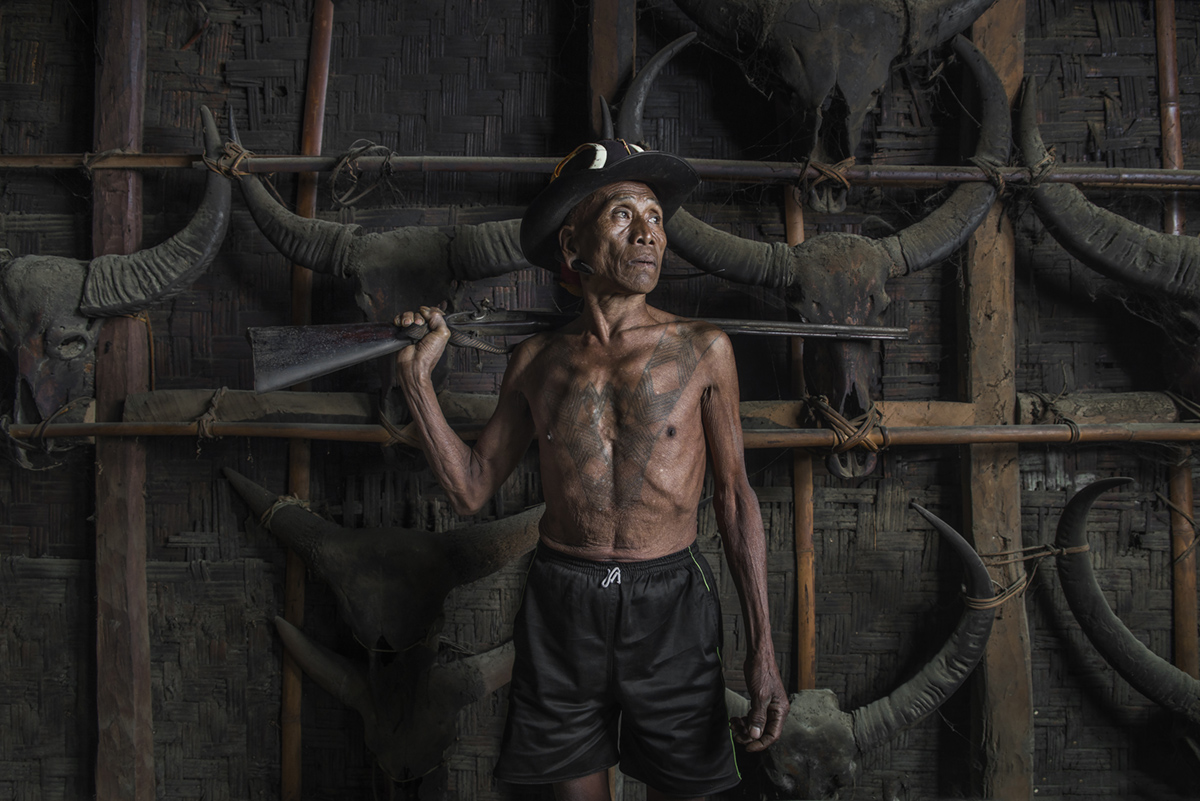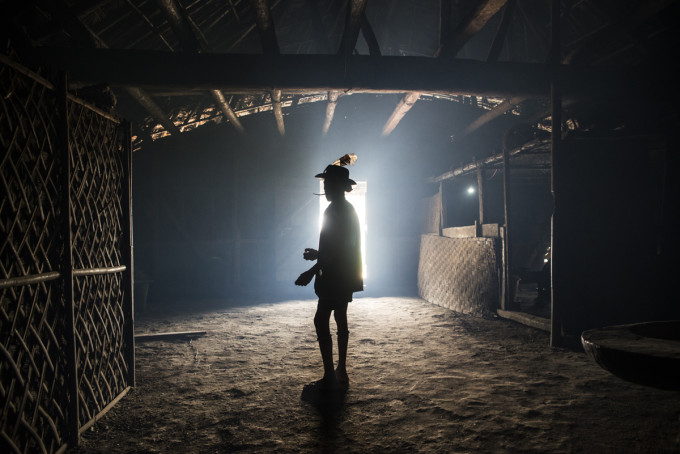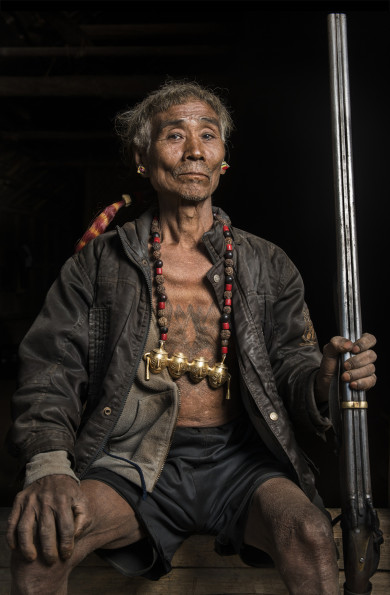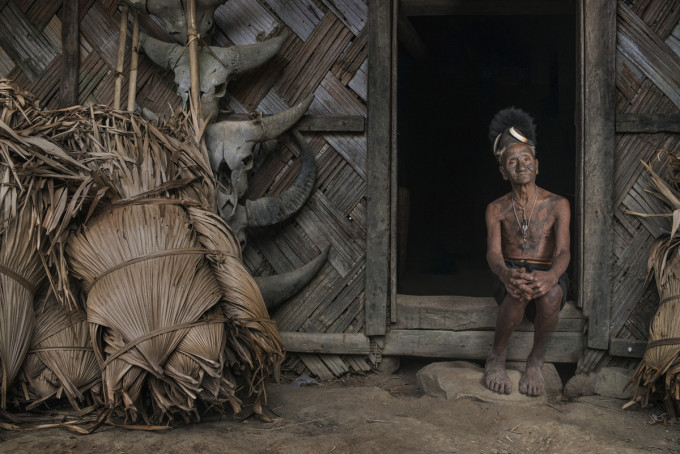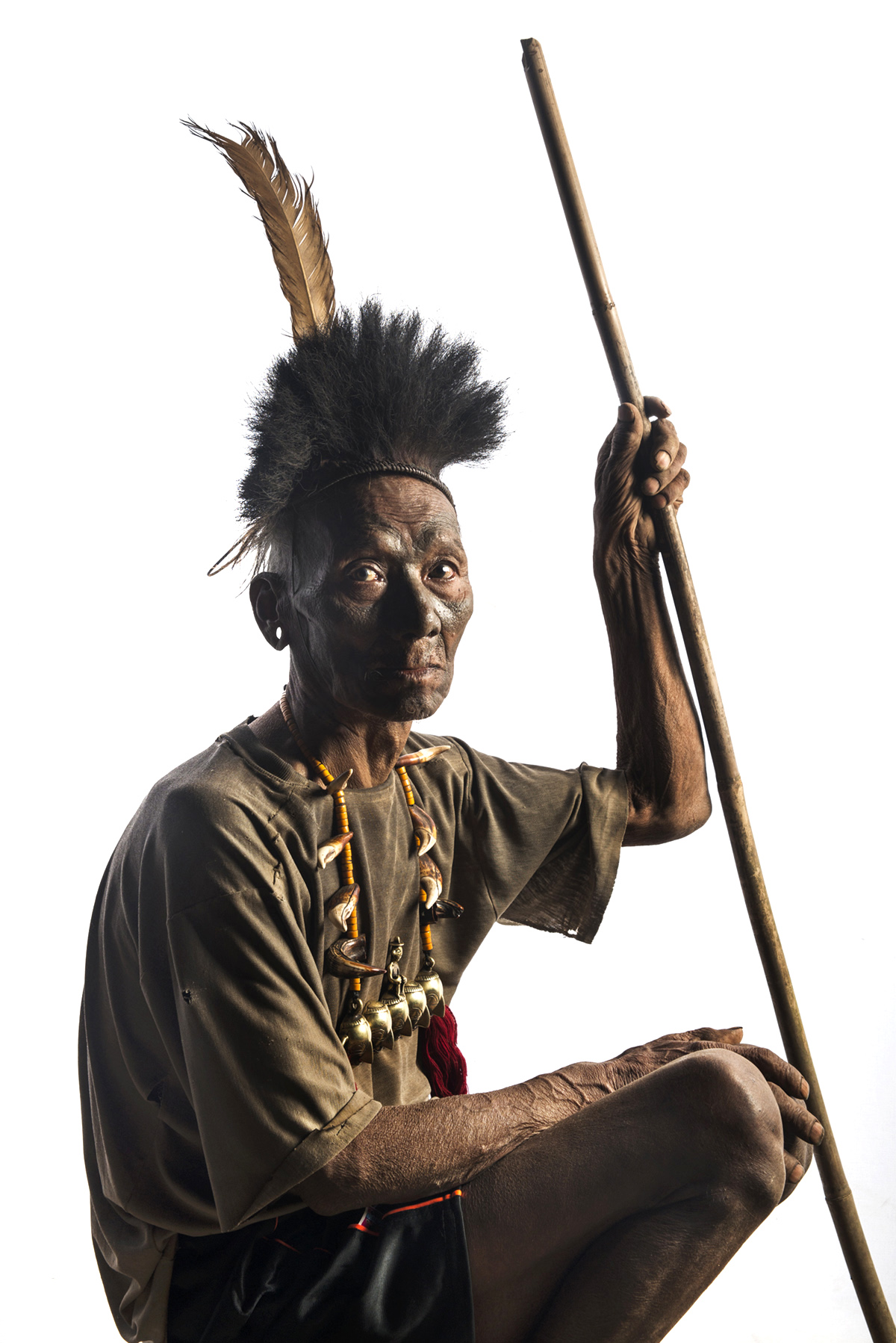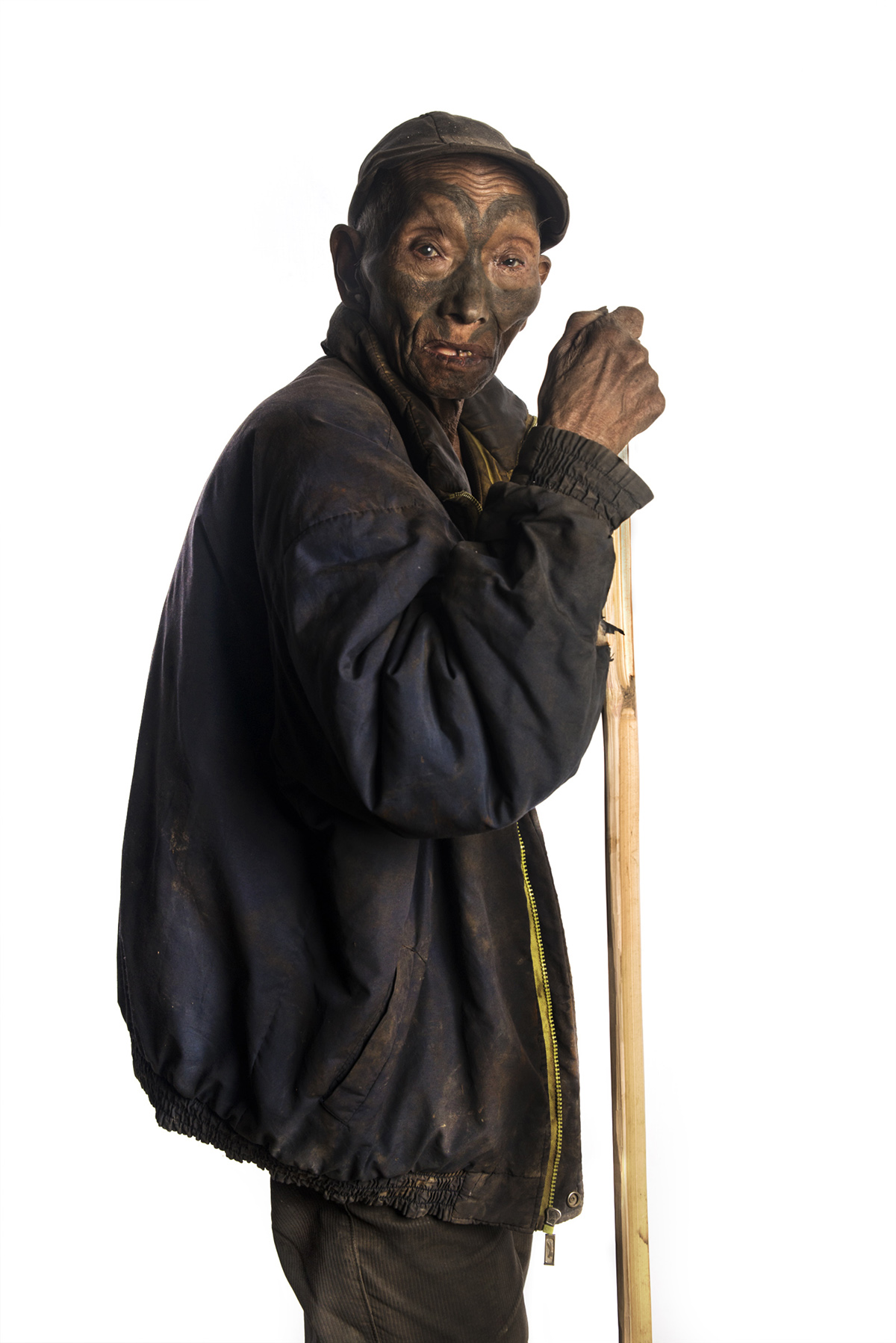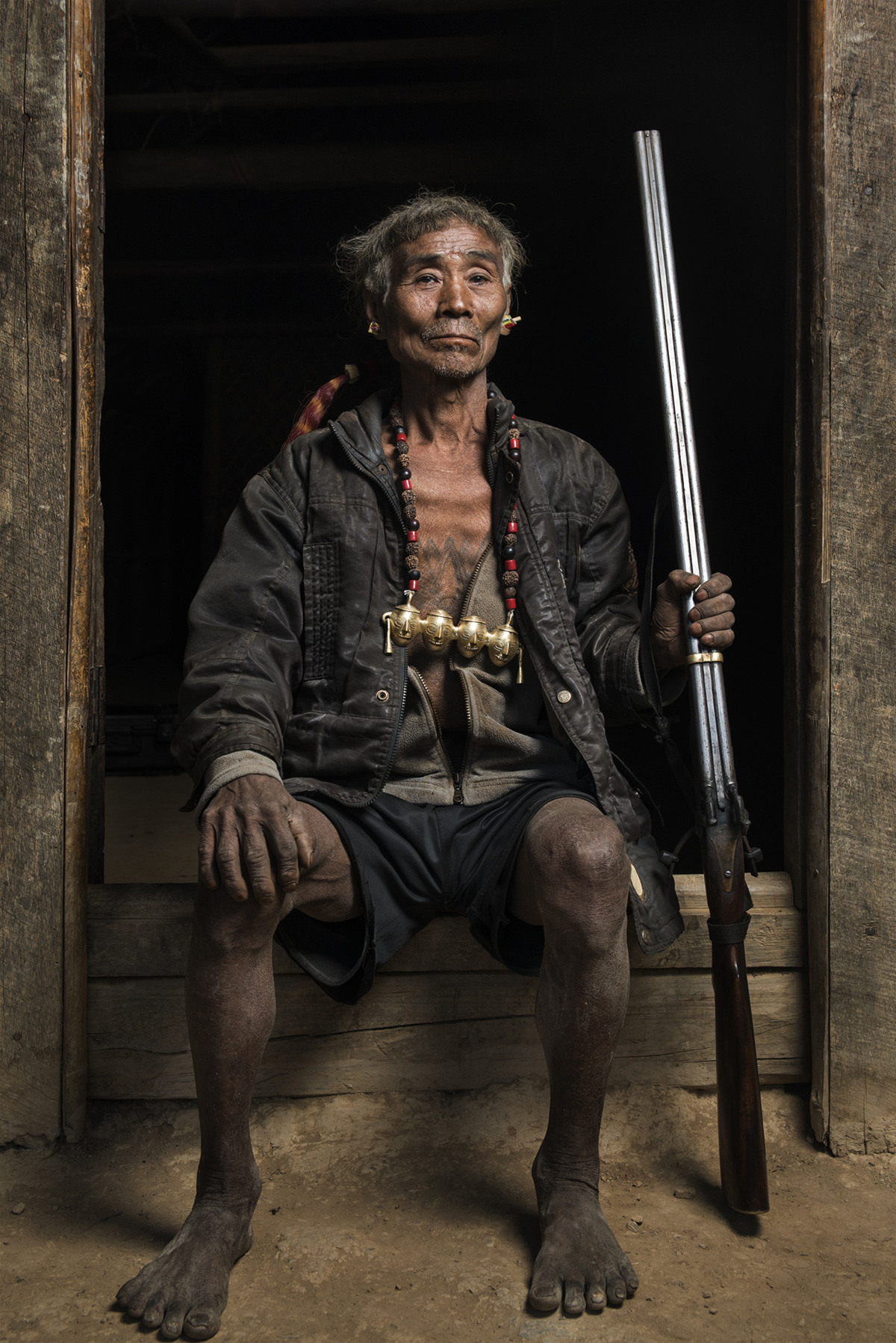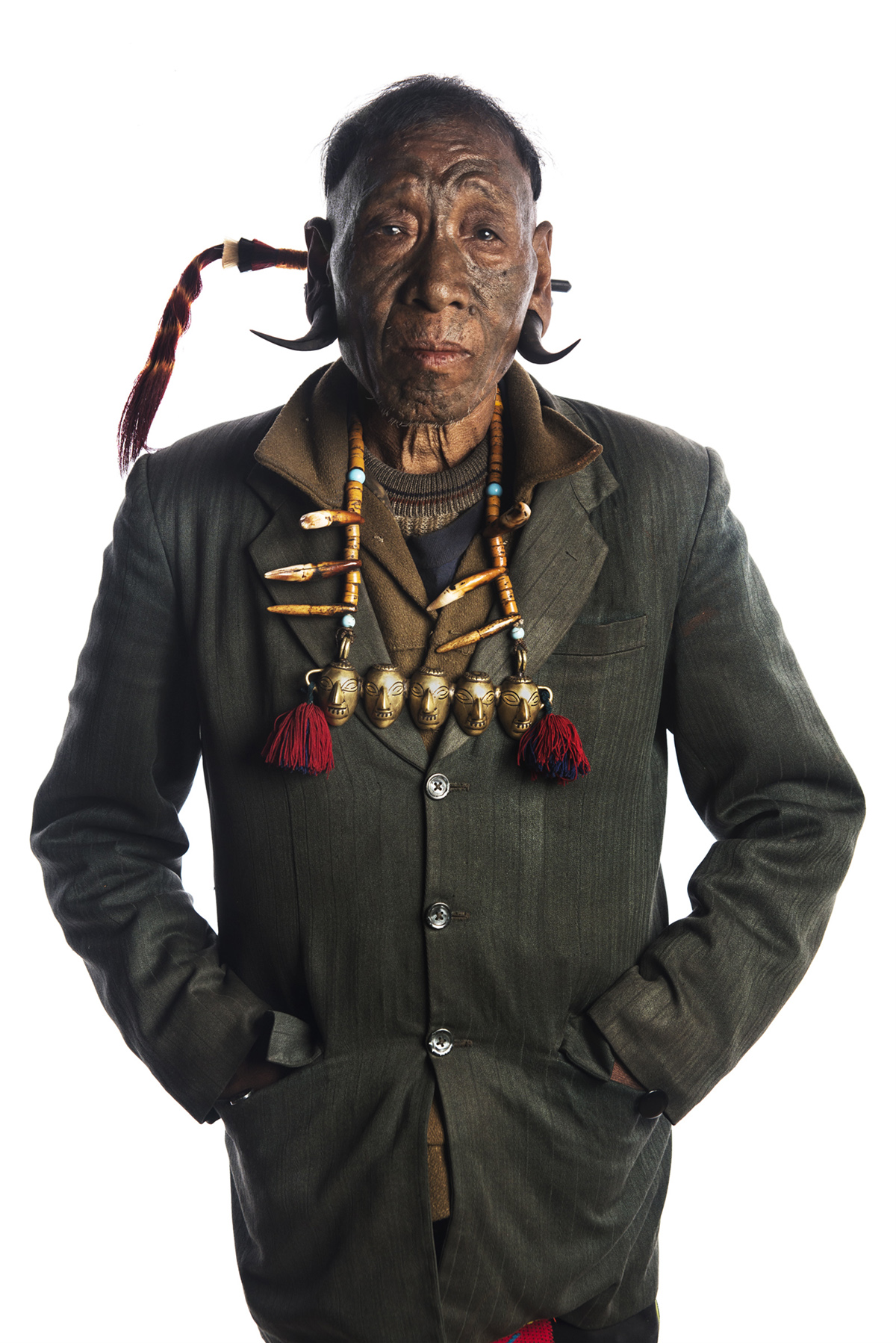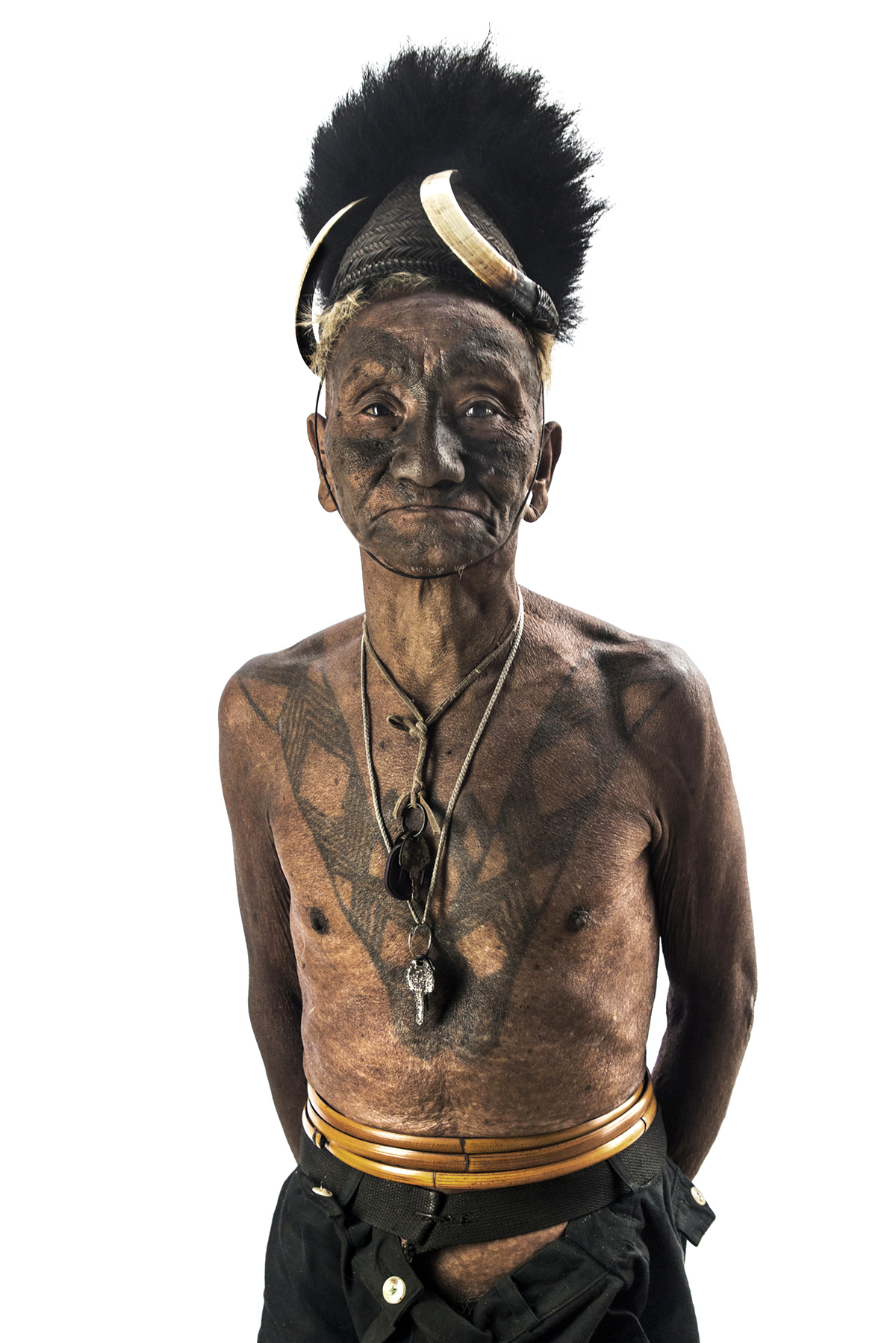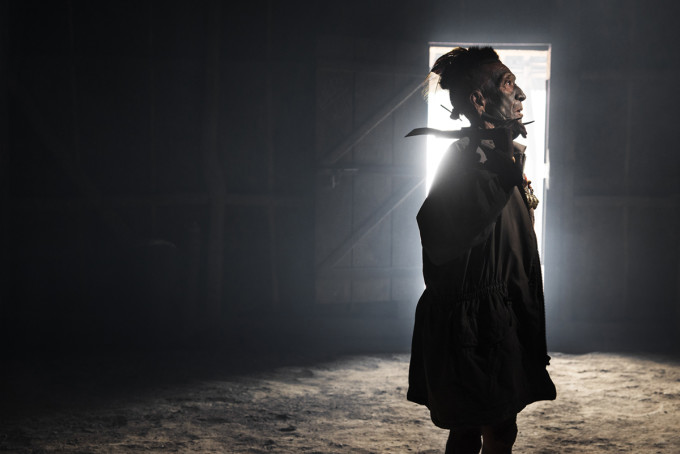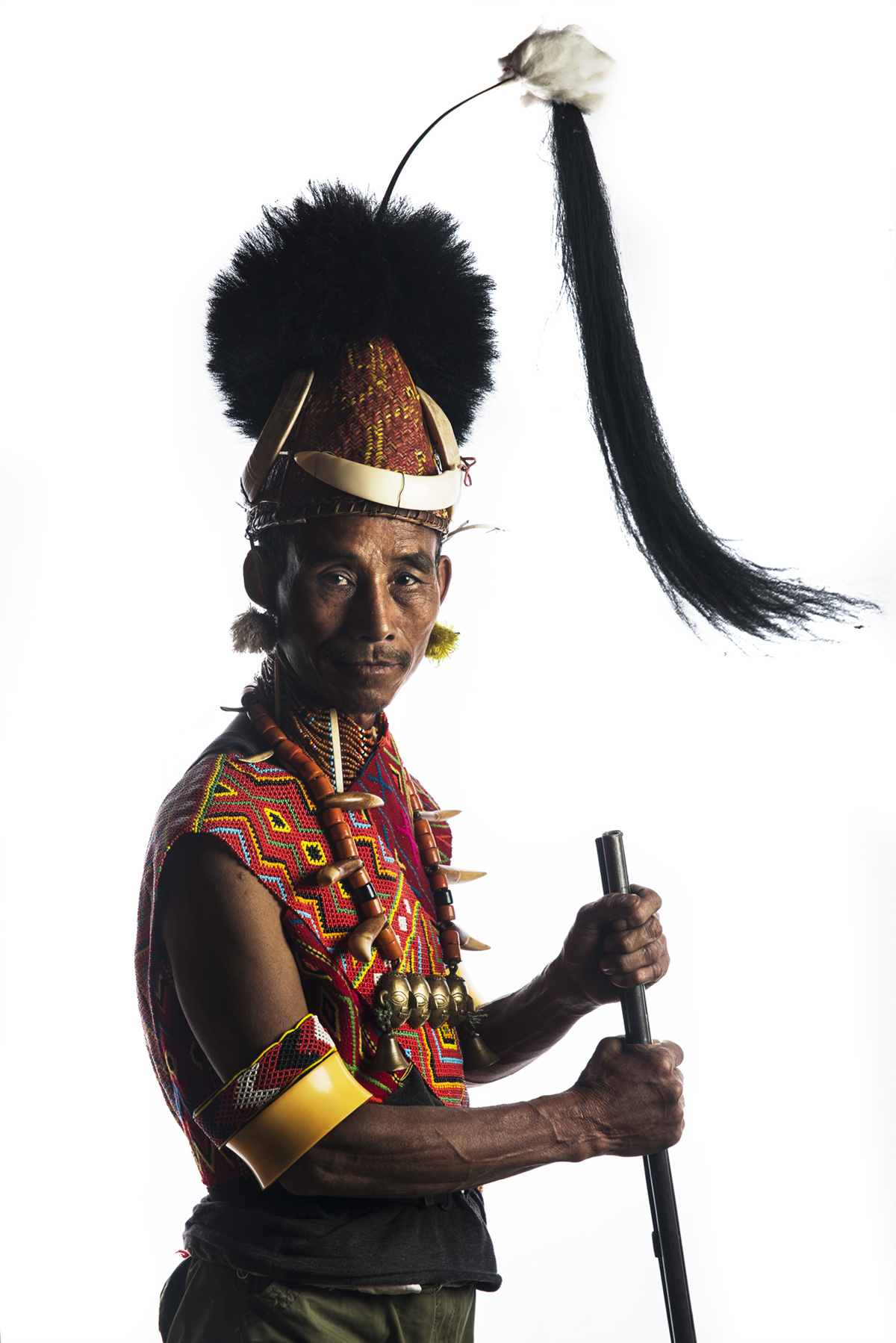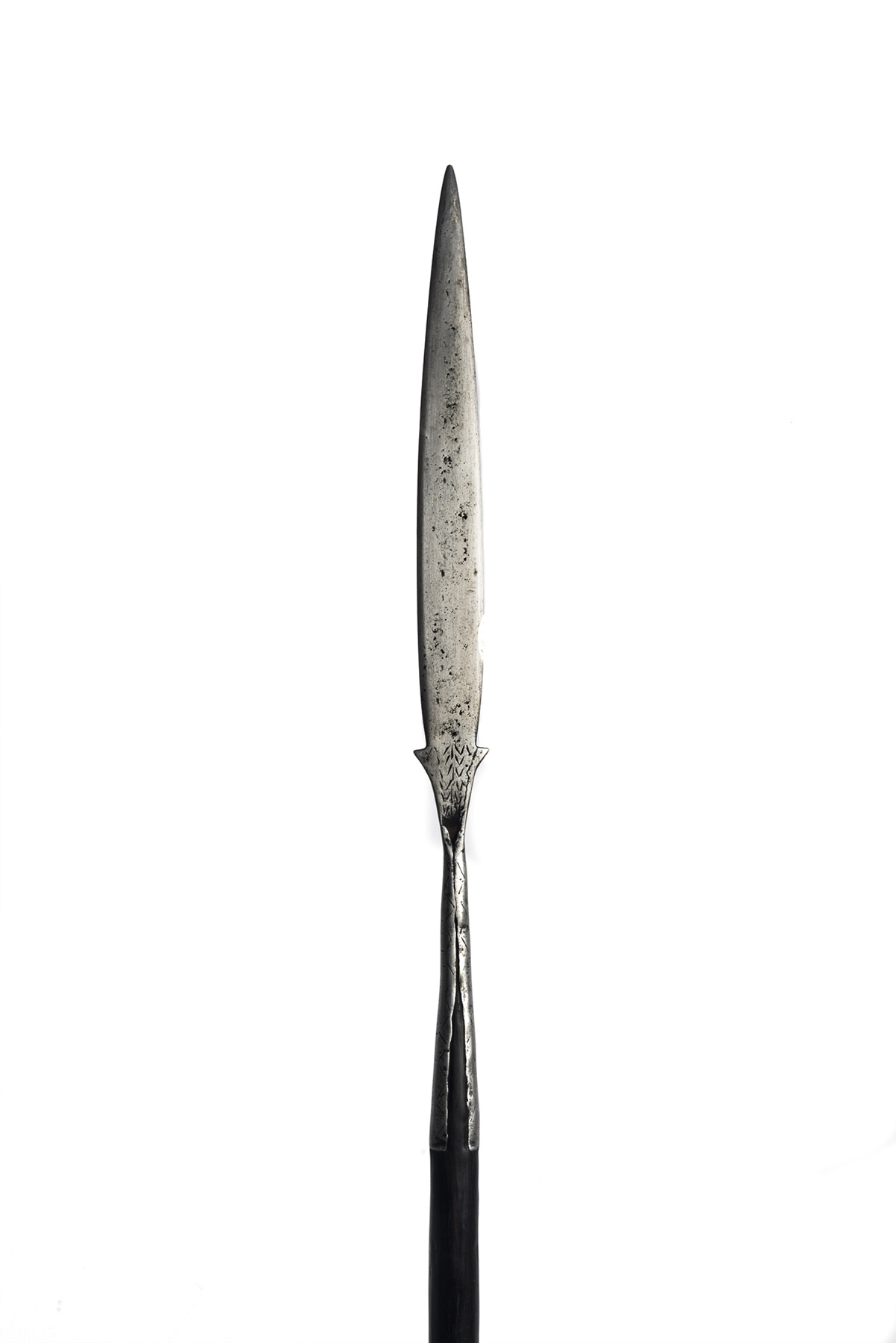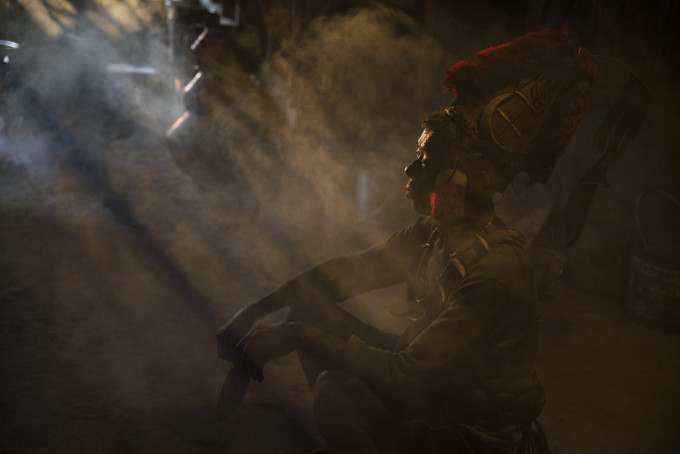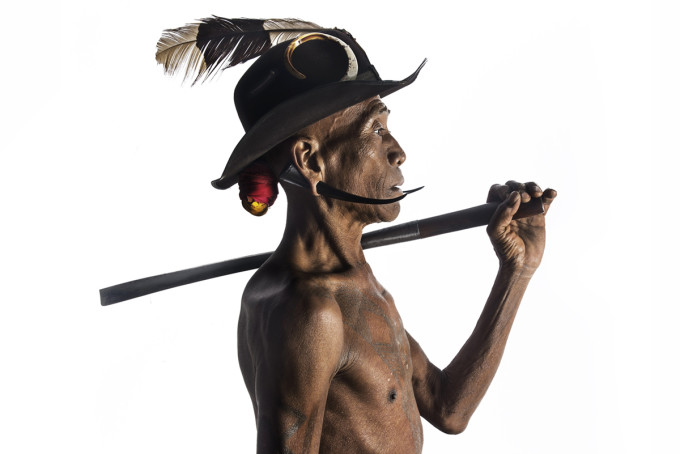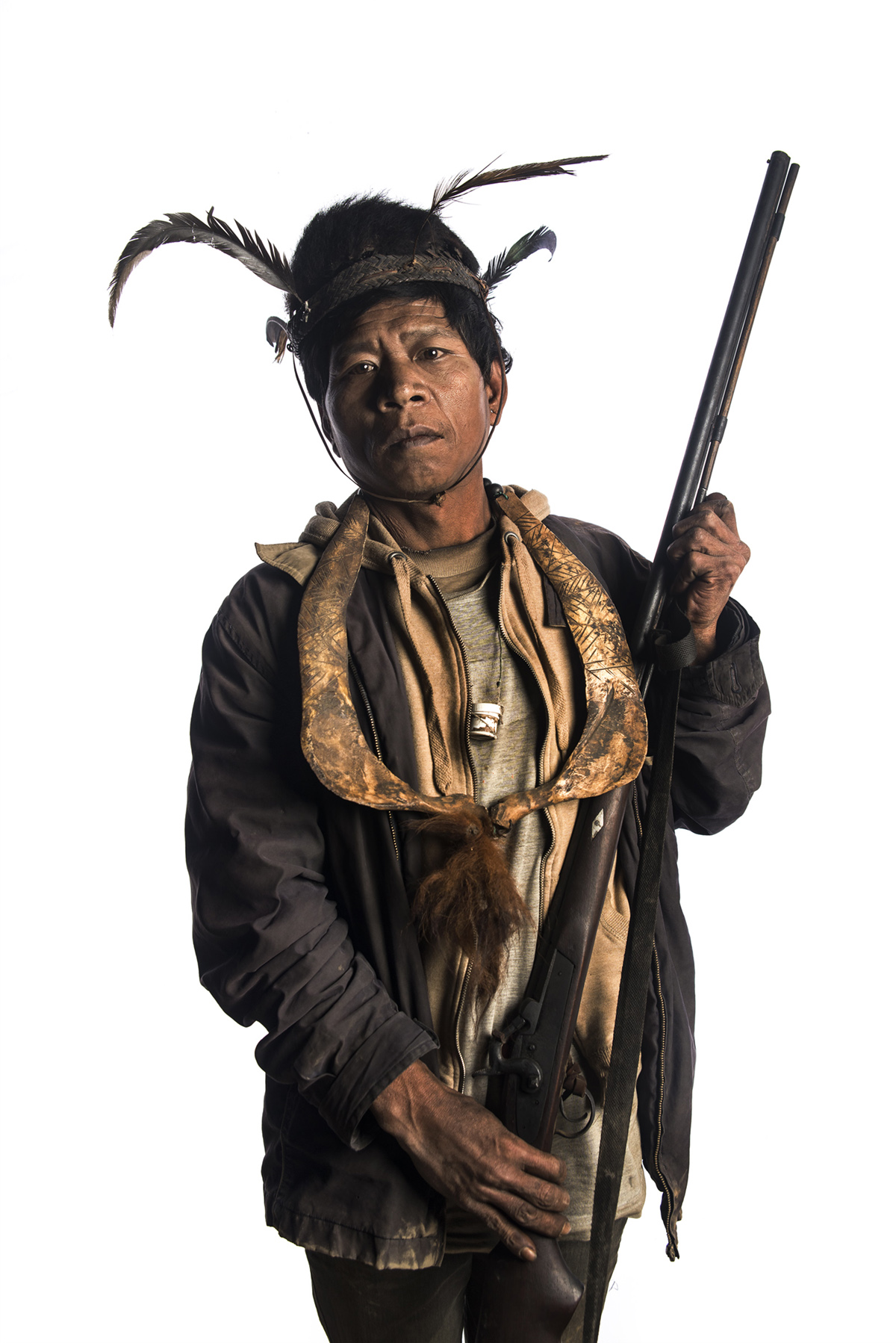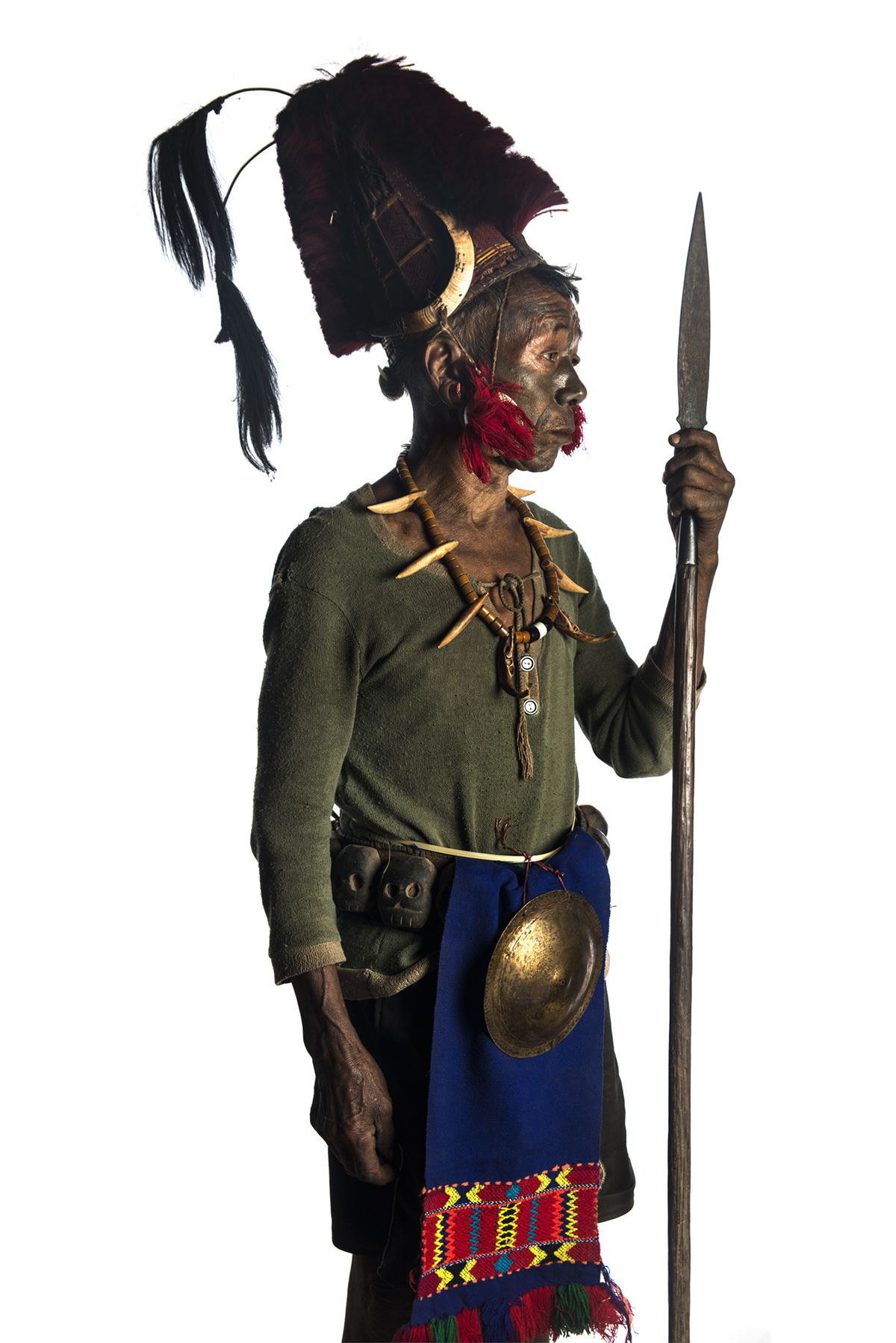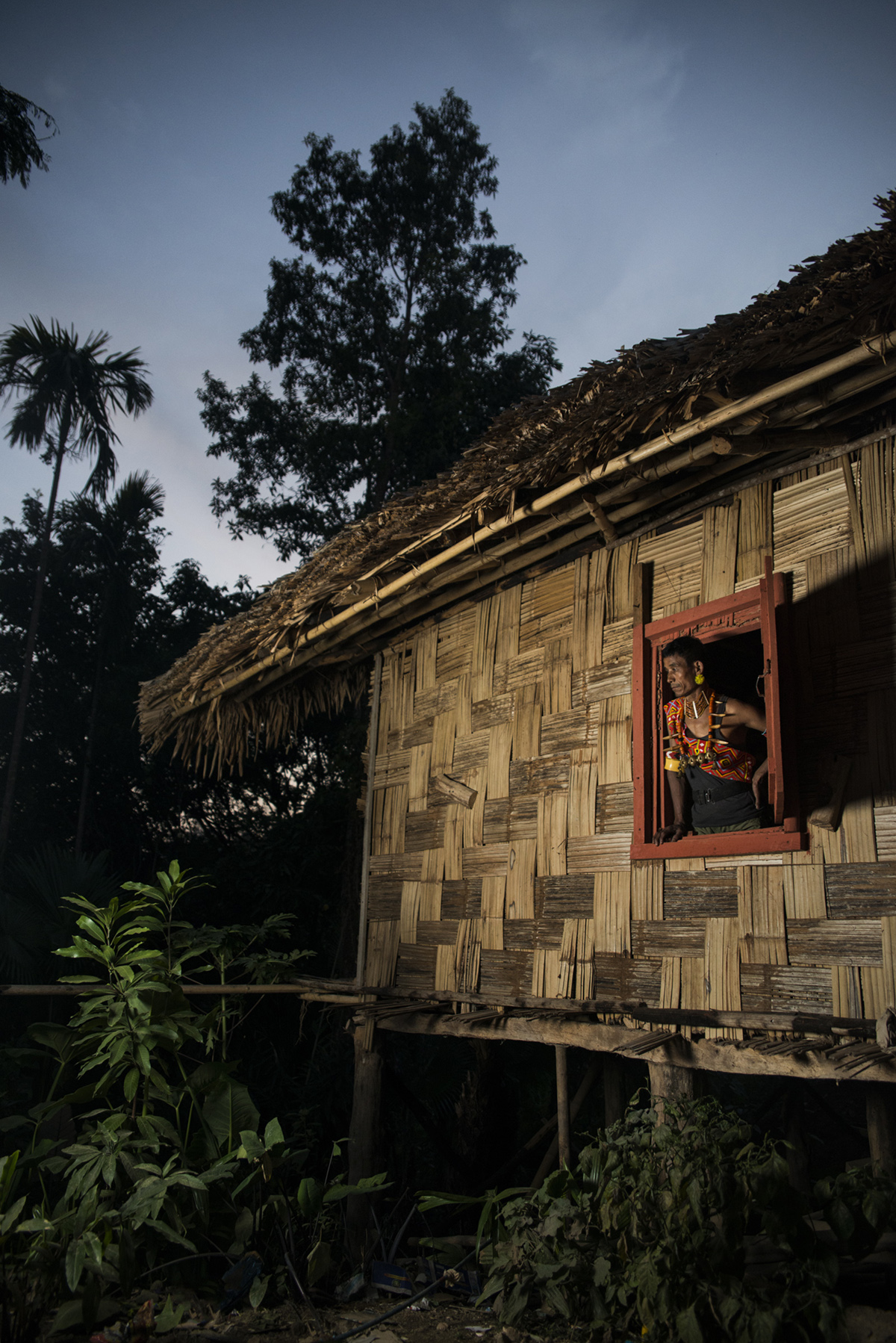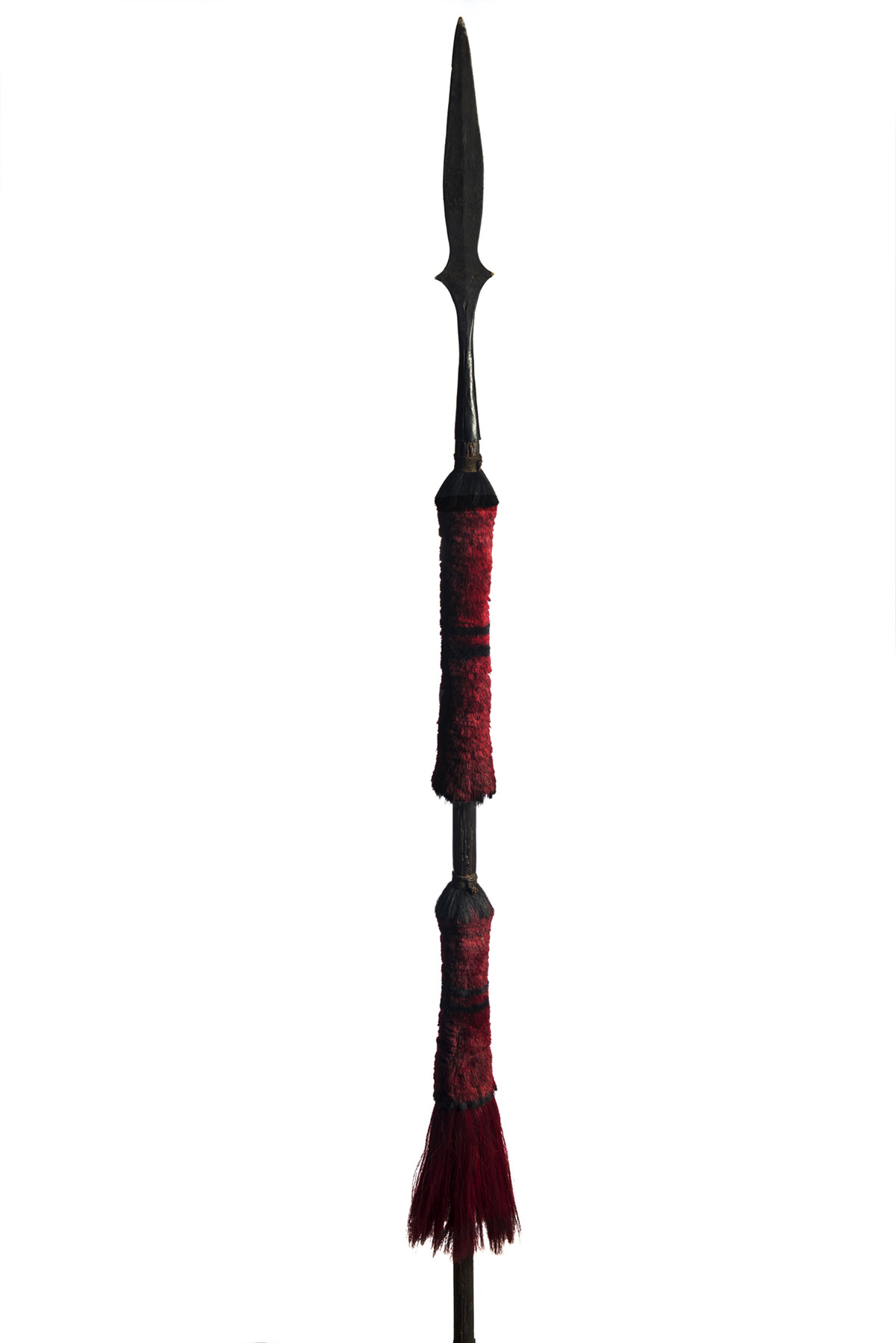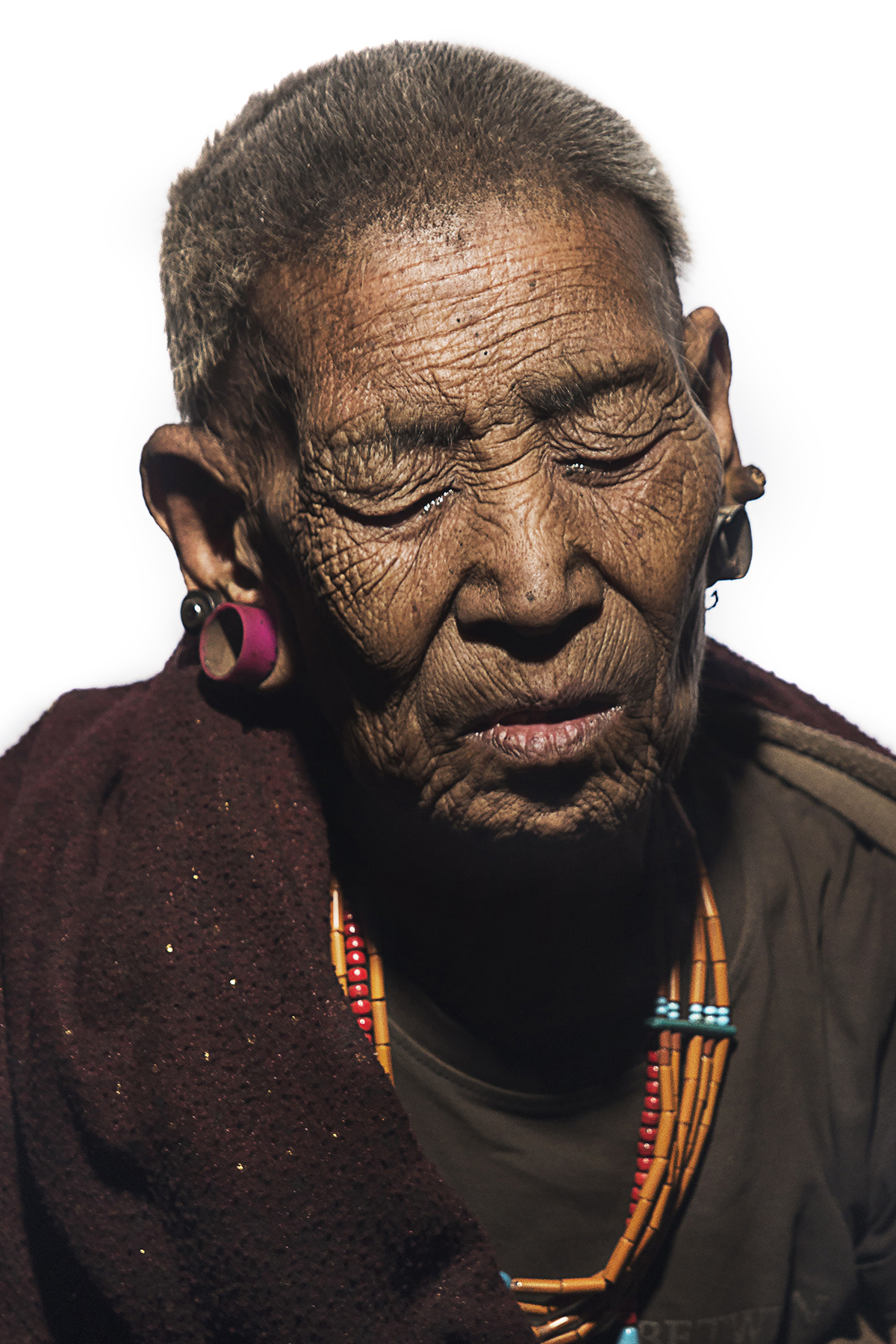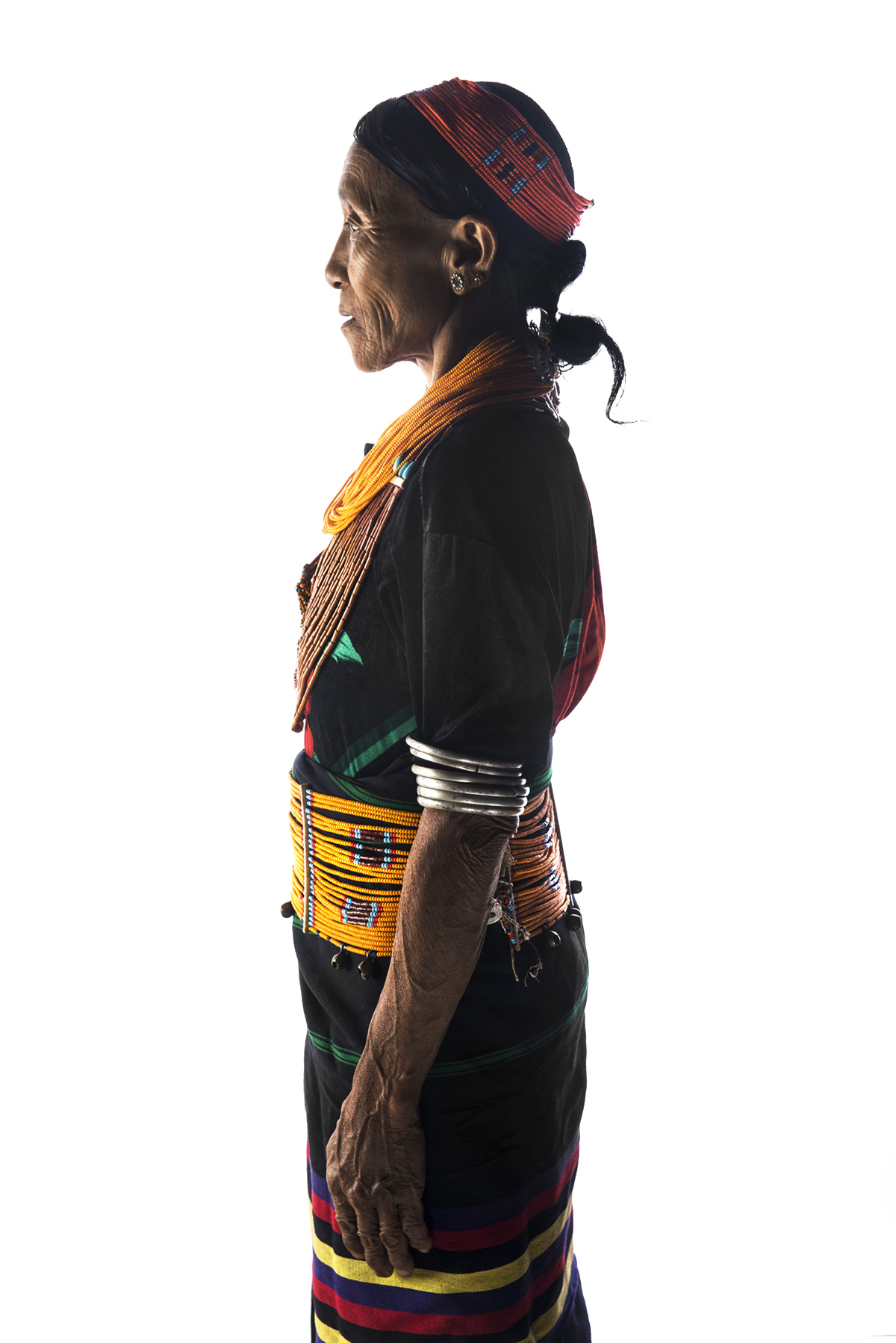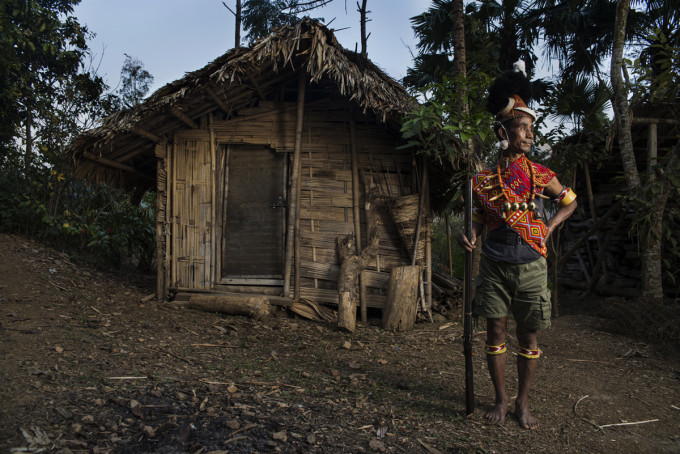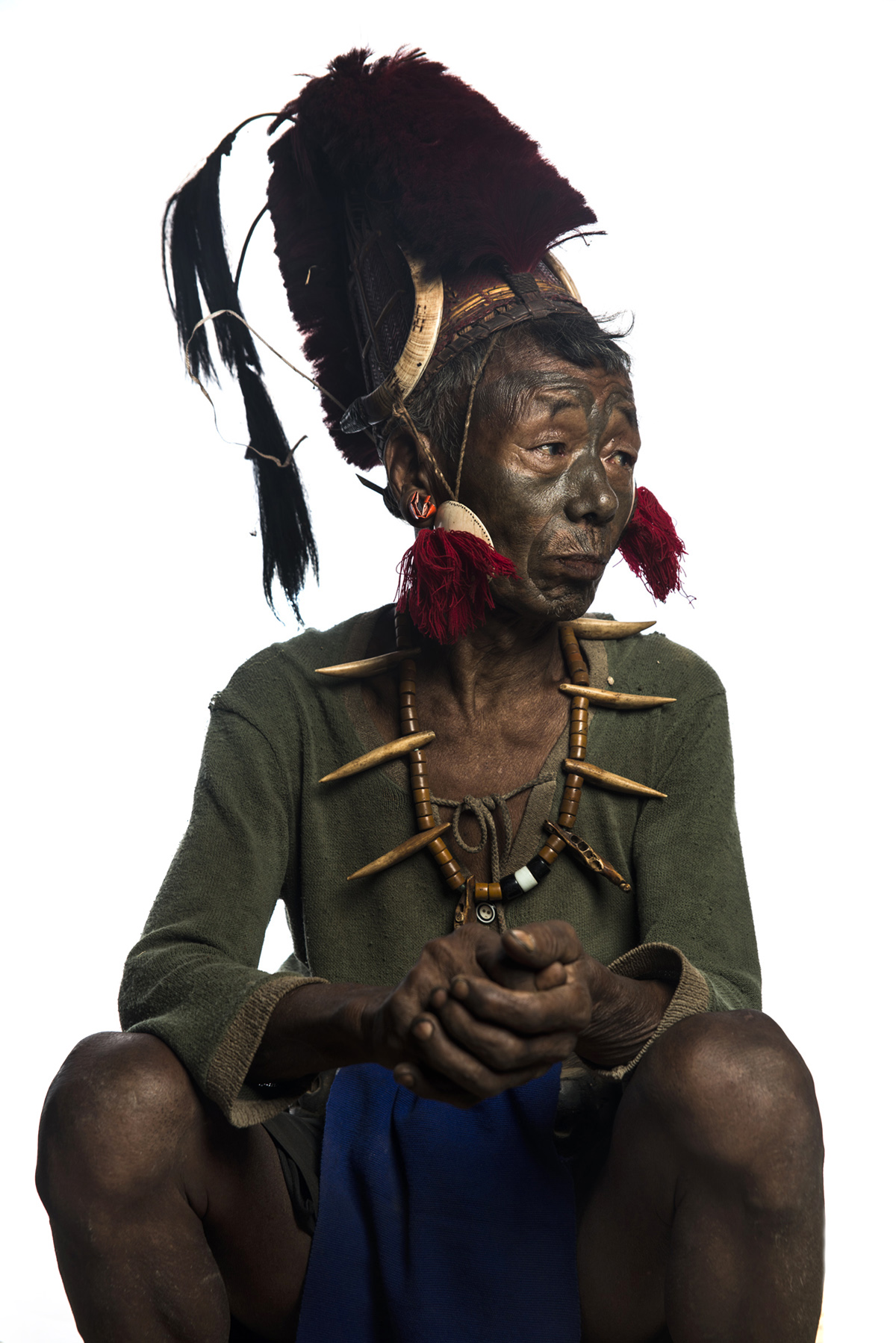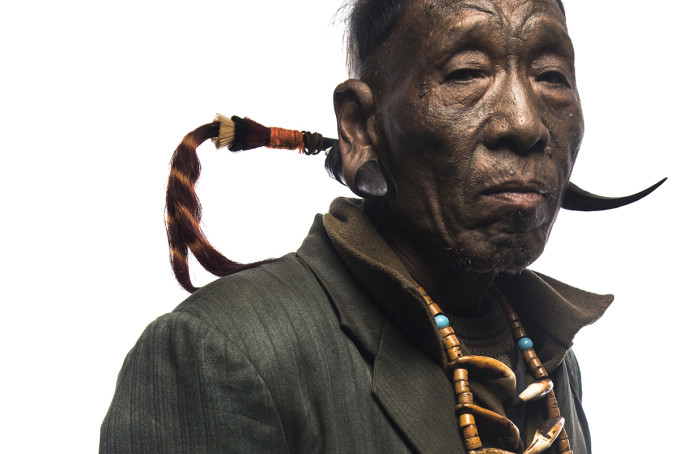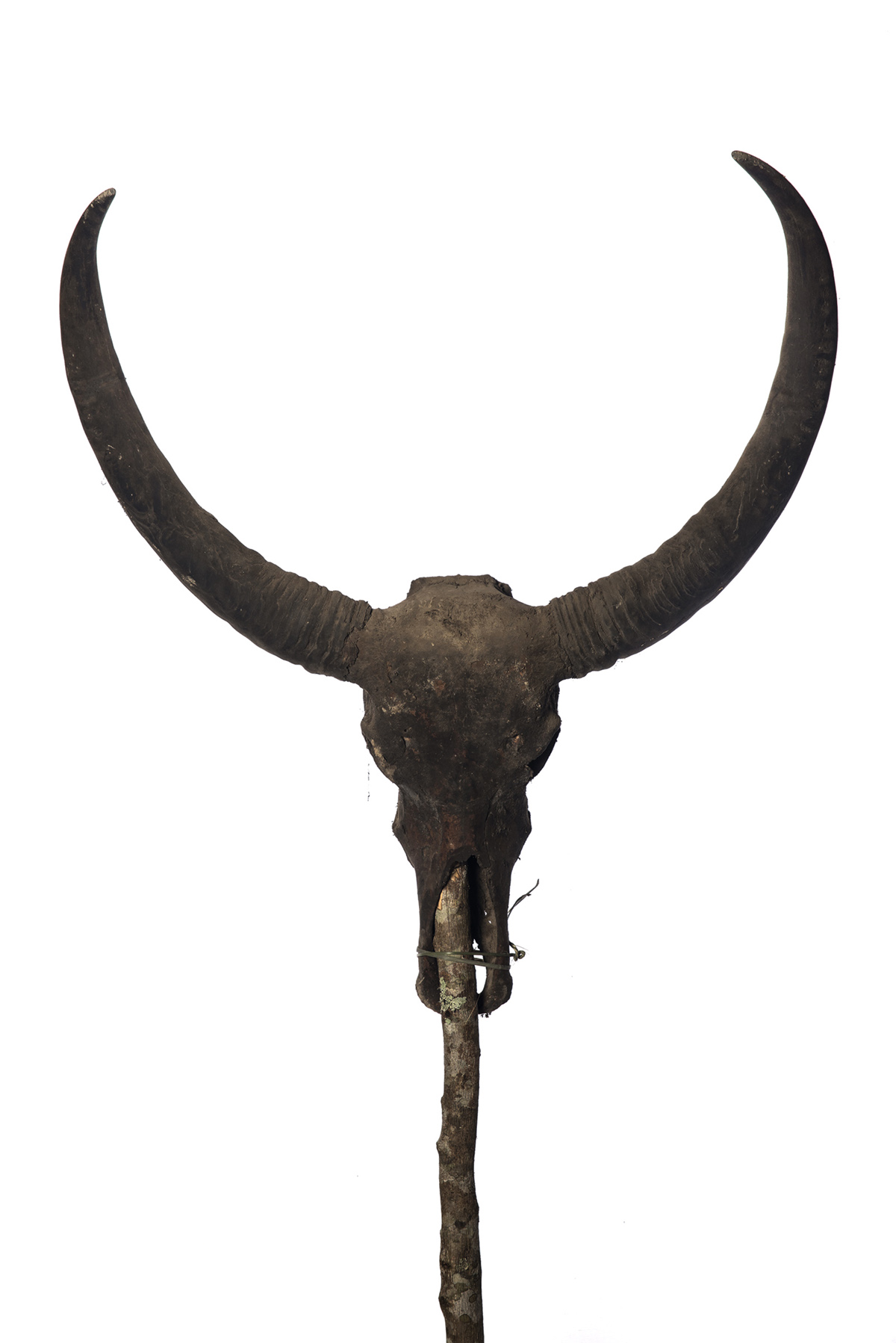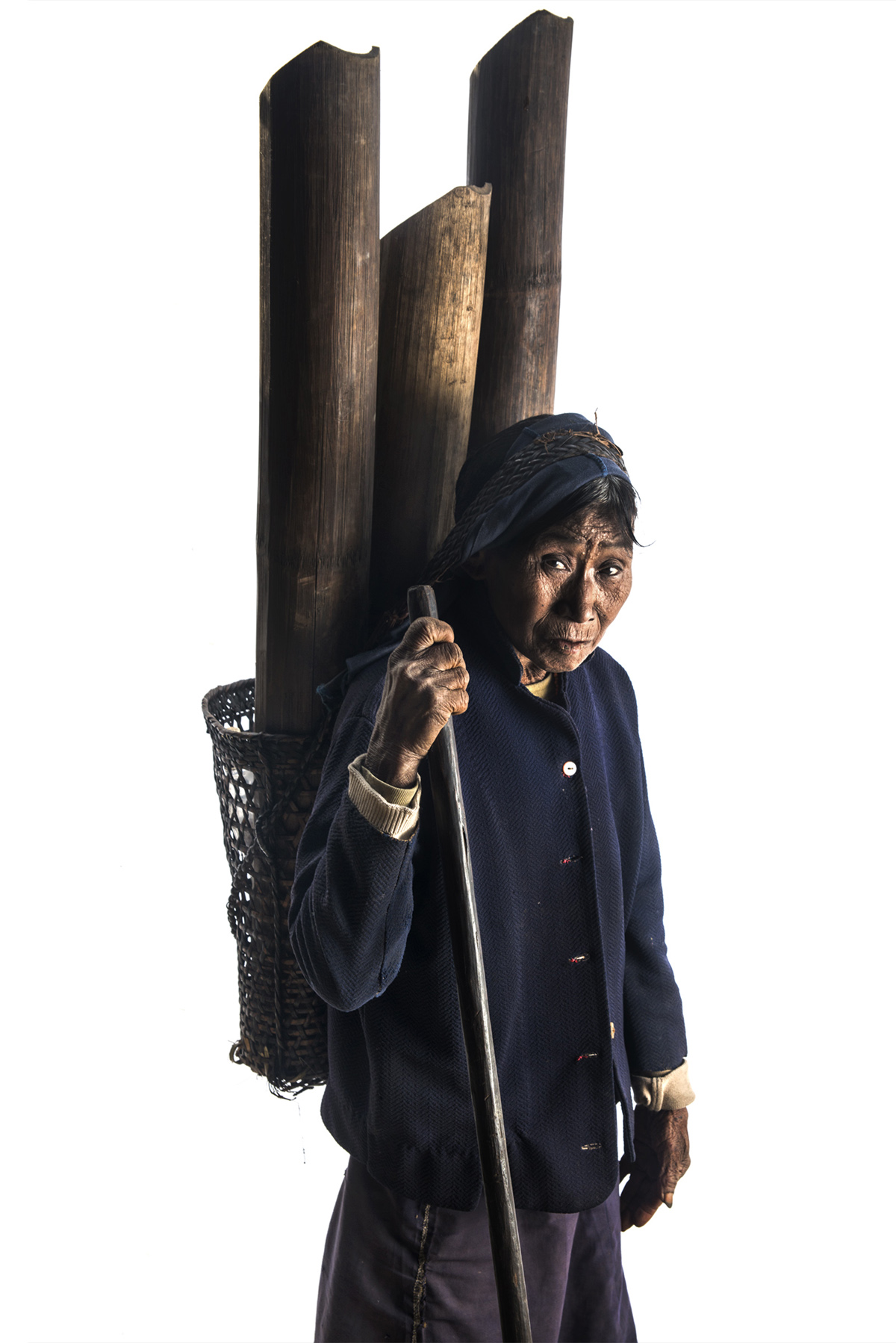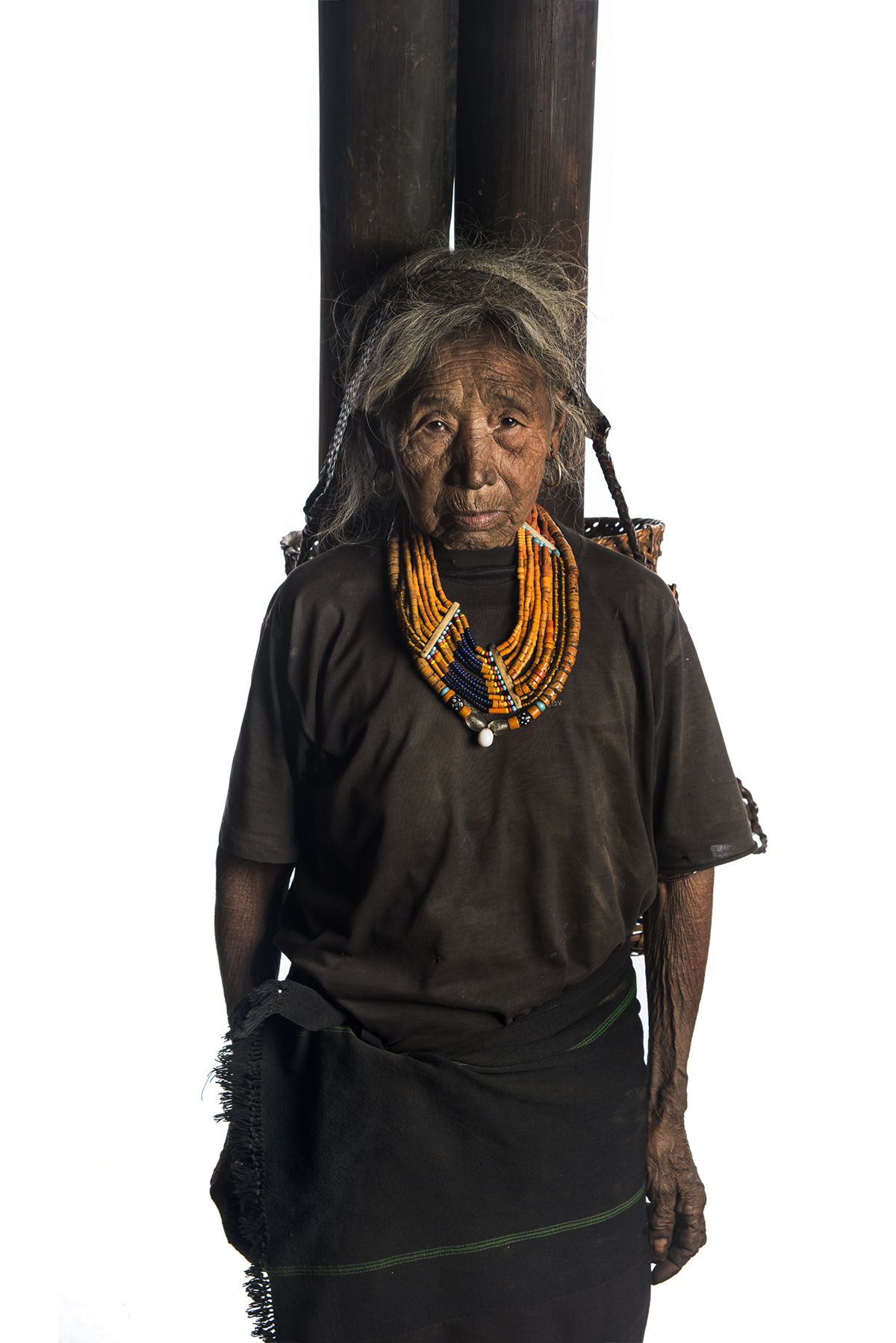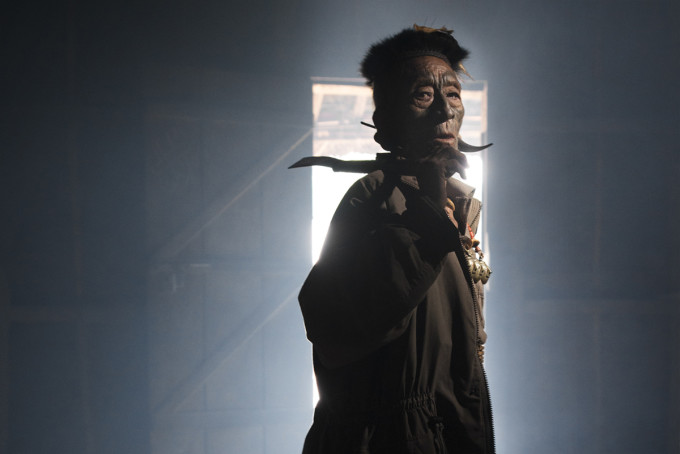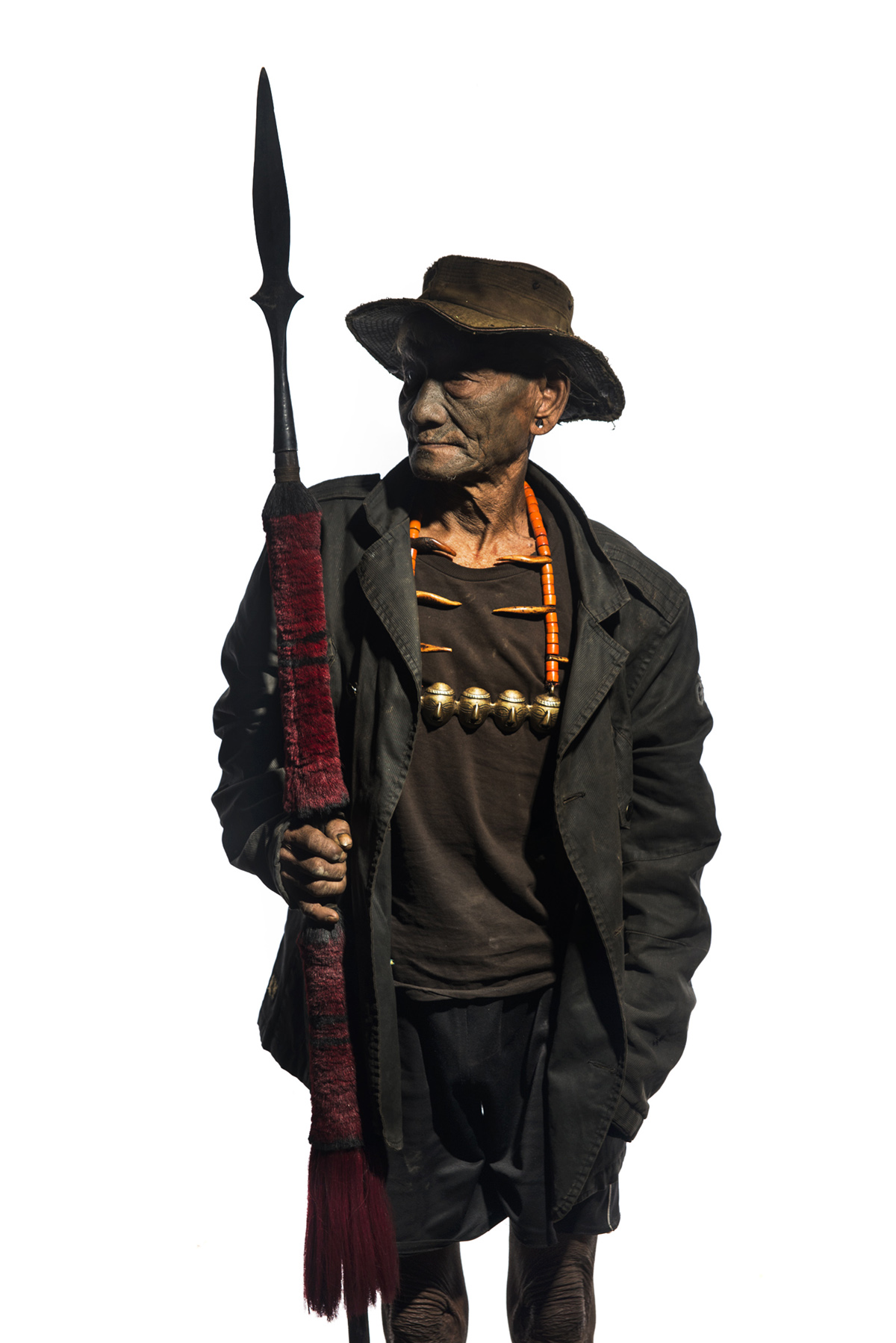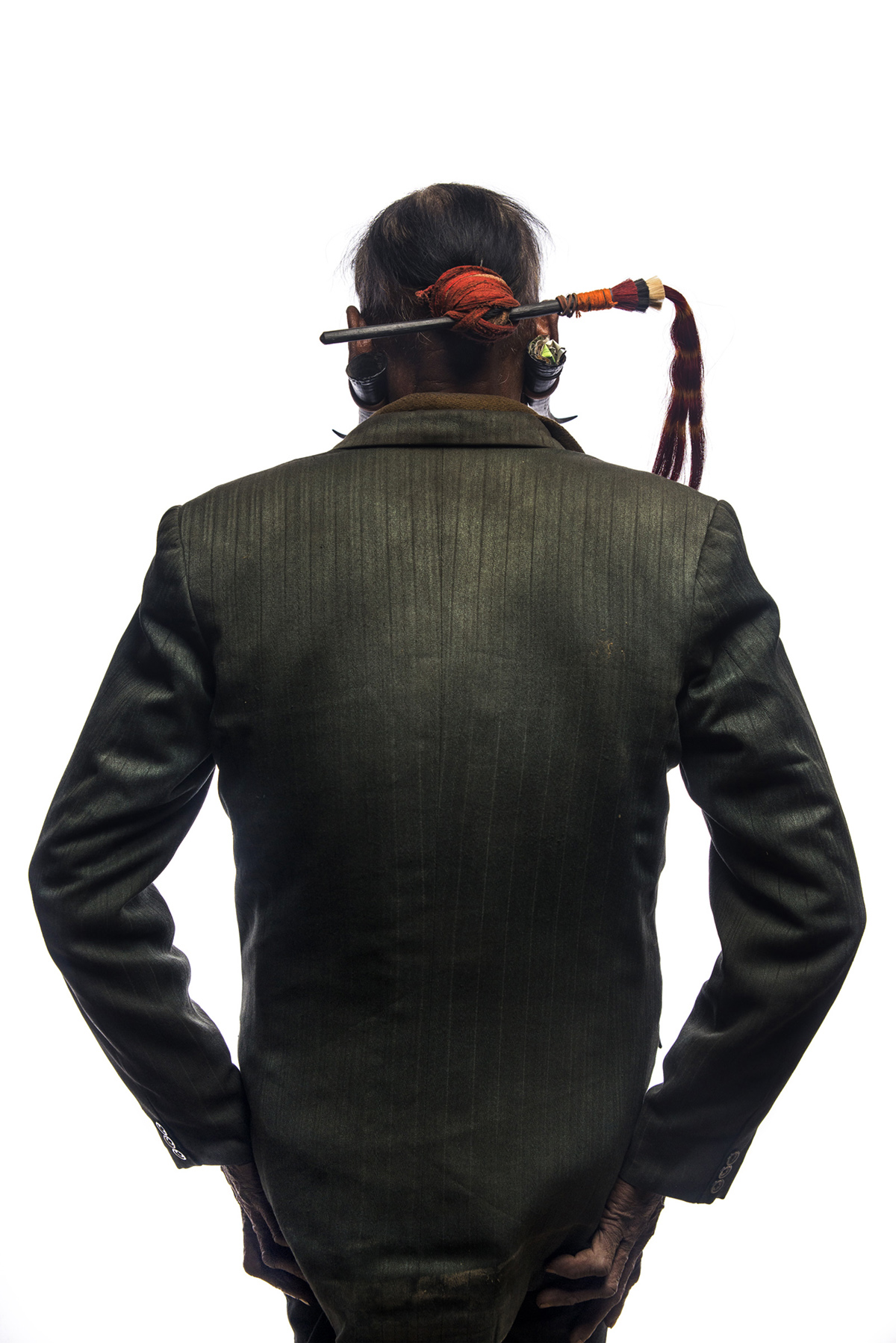All images by Trupal Pandya. Used with permission.
“An important aspect to me while photographing is to be one with the people that I’m photographing.” says photographer Trupal Pandya about his project The Head Hunters. Born and brought up in Varodara, India, he’s currently working on his bachelor’s degree at the Fashion Institute of Technology in New York. Trupal tells us that he stumbled into photography 6 years ago, on a tour across India.
The Head Hunters is a very interesting documentary portrait project that tries to spotlight a people and a culture that is mostly going away. For some of this project, it was important to Trupal to really emphasize the subjects by using a white backdrop. Trupal thinks this style would encourage viewers to embrace, confront and accept the person and let the distractions of culture and geography fade into the background.
Phoblographer: Talk to us about how you got into photography.
Trupal: I got into photography while traveling across India with my family. I have always been inclined towards the art and am really curious about a lot of things around me. It’s safe to say that curiosity and the urge to answer my own questions got me into photography.
Phoblographer: What made you want to get into portraiture?
Trupal: I realized early in my career how important it was to give voice to someone who otherwise might not have it. I always wanted to tell stories that mattered and I though portraiture was the best way to do so.
Phoblographer: So what’s the idea behind the Head Hunters project? We know that they’re the last of their kind, but what makes them so fascinating to you? Why did you choose to photograph some of them in such a way in the studio? Why were some on location?
Trupal: Different cultures and tribes around the world have always fascinated me. Growing up in India, I think, has increased this attraction. When I heard about the Konyak tribe and how the headhunting culture is on the verge of disappearing I couldn’t hold myself back, I had to go. Headhunting is no longer a practiced tradition, with the younger generation moving on to a more modern way of living. I thought that it was necessary for me to document these mighty warriors.
Phoblographer: What was it like trying to communicate the idea to these people and explain what you were going for in the images?
Trupal: My experience was quite surreal, we were received with a lot of warmth. The Longwa village is situated on a hill with India on one side and Myanmar on the other. We had to go up and down the hill to visit the different homes of the headhunters, so we would do that all day meeting new people and exploring new spaces. An important aspect to me while photographing is to be one with the people that I’m photographing. The first day that I was there I did not photograph them, waiting until they had accepted me and understood why I was there. This also meant that I was living in their houses, slept where they slept, and ate what they ate. Overall, it was a very positive experience, they were an extremely friendly and welcoming community.
Phoblographer: Which of these men had the most fascinating stories to you. Tell us about it.
Trupal: We met a man who had done the last head hunting in 1990’s. The practice has been abolished in 1960’s but this person had still done it in 1990. He told us about his 3 day long journey to the other village where they went to fight!
Phoblographer: Talk to us about the gear that you use.
Trupal: I shoot with a Nikon D800E, 50mm and 24-70mm lenses. Profoto B1 and a 3ft Octa as my lighting gear and Lee Filters.
Phoblographer: Where do you want your photography to be in one year and how do you plan on getting it there?
Trupal: I am planning to photograph a few more tribes and the last living generations in the next year. I want to keep documenting this transition. I am planning to go to Africa and India for 1 year starting this June.


